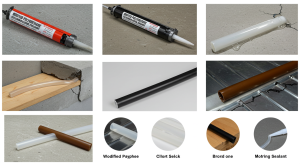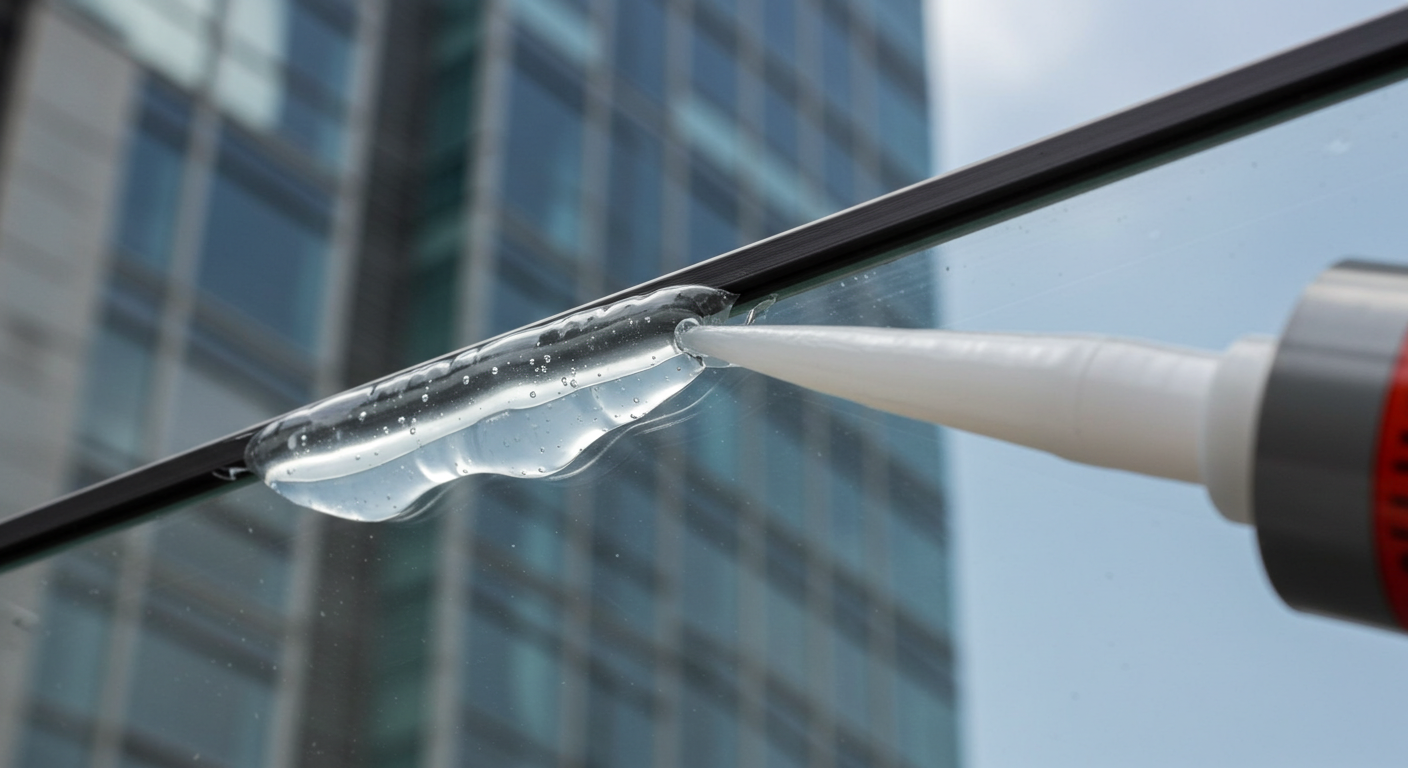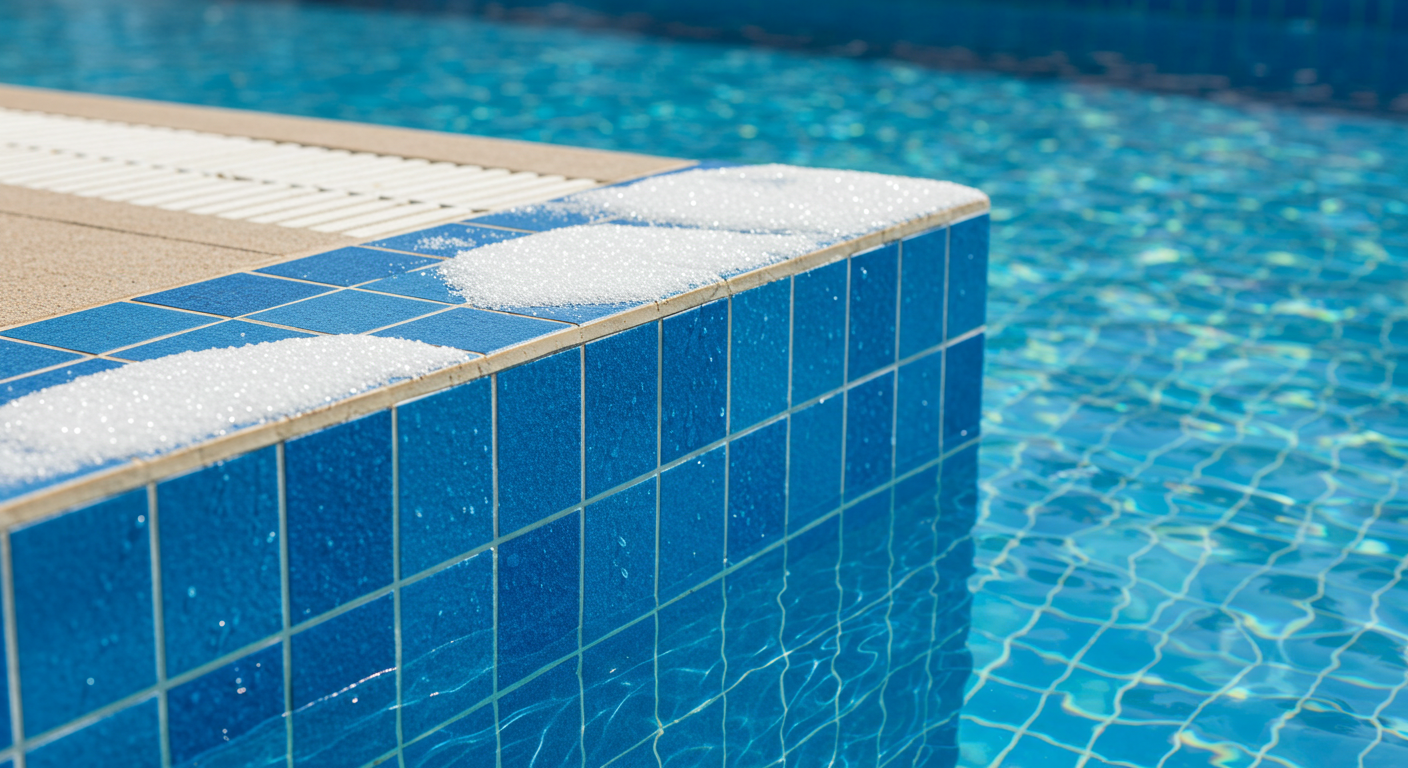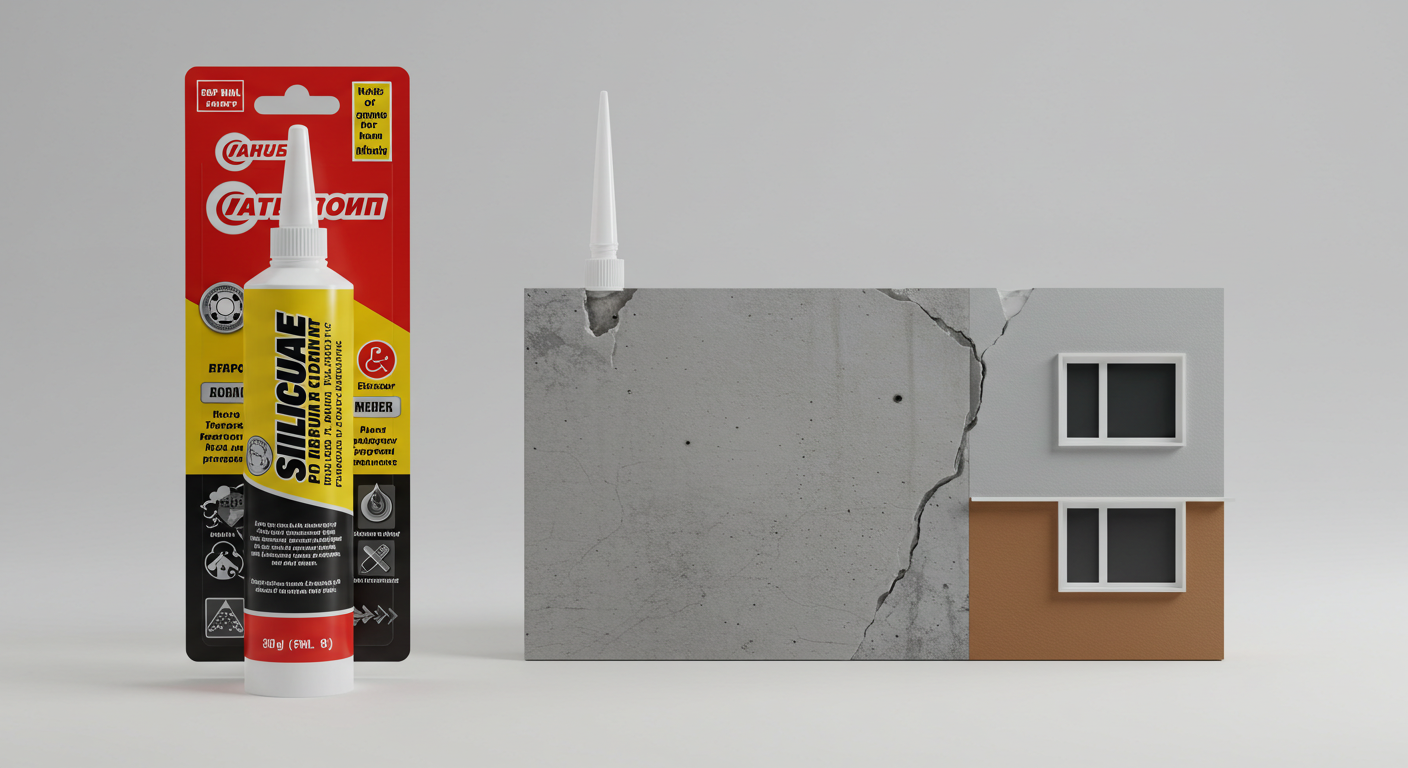Modified Polyurethane Sealant for Versatile Applications
2025-02-01

When you think about construction, automotive repairs, or home improvement projects, sealing is a crucial step that ensures durability and longevity. But with so many options on the market, how do you decide which sealant is the most effective for your needs? The modified polyurethane sealant has emerged as one of the most versatile and reliable choices for various applications. This comprehensive guide explores what makes it unique, where it shines, and how you can use it to improve your projects.
What Is a Modified Polyurethane Sealant?
At its core, a modified polyurethane sealant is a hybrid product that combines the best properties of polyurethane and other polymers, such as silicone. While traditional polyurethane sealants offer strong adhesion and weather resistance, they can have limitations, particularly with UV stability and flexibility under certain conditions. Modified versions have been specifically developed to address these shortcomings.
This hybrid formulation delivers superior adhesion, UV resistance, and flexibility, making it ideal for a wide range of applications, from sealing expansion joints to bonding metal panels. The result is a high-performance sealant that works effectively across construction, automotive, marine, and DIY settings.
How Does Modified Polyurethane Compare to Traditional Sealants?
| Feature | Modified Polyurethane Sealant | Traditional Polyurethane Sealant | Silicone Sealant |
|---|---|---|---|
| Adhesion | Strong adhesion on diverse surfaces | Strong but limited to certain surfaces | Moderate to good on smooth surfaces |
| UV Resistance | Excellent | Limited, prone to degradation | Excellent |
| Flexibility | High, maintains performance under movement | Moderate, can crack under stress | Very flexible but less durable |
| Waterproofing | Excellent, suitable for wet environments | Good, though some require sealing | Excellent |
| Chemical Resistance | High | Moderate | Varies |
| Application Areas | Construction, automotive, marine, roofing | Construction and indoor use | Kitchen, bathrooms, windows |
The table highlights the advantages of modified polyurethane sealants over traditional alternatives. Their combination of flexibility, chemical resistance, and UV stability makes them superior in applications where long-term performance is critical.
Key Benefits of Modified Polyurethane Sealants
Enhanced Durability for Outdoor and Indoor Use
One of the primary reasons for the widespread popularity of modified polyurethane sealants is their ability to withstand harsh environmental conditions. Rain, UV rays, fluctuating temperatures, and high humidity pose significant risks to many materials, but modified polyurethane holds up remarkably well. This durability makes it suitable for outdoor sealing tasks, such as roofs, façades, and windows.
High Adhesion for Multiple Materials
Modified polyurethane sealants offer strong bonding capabilities with a variety of surfaces, including concrete, wood, glass, metals, and plastics. This is especially beneficial in construction projects where multiple materials are used. Their exceptional adhesion ensures reliable performance, even in areas exposed to mechanical stress or extreme conditions.
Exceptional Flexibility and Elasticity
Flexibility is vital in applications where surfaces expand and contract due to temperature or structural movement. Modified polyurethane sealants maintain elasticity after curing, preventing cracking or splitting under stress. This characteristic is essential for expansion joints, building façades, bridges, and automotive applications.
Superior Waterproofing and Chemical Resistance
Waterproofing is another key strength of modified polyurethane. It forms a watertight barrier, making it ideal for applications in bathrooms, kitchens, swimming pools, and marine environments. Additionally, it resists many chemicals, oils, and solvents, which extends its use to industrial and chemical processing facilities.
Applications of Modified Polyurethane Sealants
Modified polyurethane sealants are incredibly versatile and can be applied across a range of industries.
Construction Applications
In construction, sealing and bonding play critical roles in ensuring the durability of structures. Modified polyurethane sealants are widely used in:
- Sealing expansion joints: Buildings and roads experience significant movement due to temperature changes. Modified polyurethane’s flexibility accommodates this movement without cracking.
- Waterproofing roofs and basements: The sealant’s watertight barrier prevents leaks, ensuring long-term structural protection.
- Facade sealing: Used to seal gaps in exterior walls, modified polyurethane helps create an airtight and weatherproof enclosure.
Automotive Applications
The automotive industry relies heavily on sealants to improve vehicle safety, comfort, and durability. Applications include:
- Windshield sealing: Ensures a secure bond between the glass and the car frame, preventing water and wind ingress.
- Sealing body panels: Protects the vehicle’s interior from moisture, dirt, and noise.
- Vibration and shock absorption: Modified polyurethane’s elasticity reduces mechanical stress and prolongs component life.
Marine and Boat Maintenance
Marine applications demand materials that can endure prolonged exposure to water and salt. Modified polyurethane sealants are commonly used for:
- Sealing deck joints and seams: Prevents water infiltration that can weaken the boat’s structure.
- Fixing metal and wooden components: Ensures a durable bond despite constant exposure to water.
- Repairing hulls and underwater fittings: Their strong adhesion and waterproof properties make them suitable for emergency repairs.
DIY and Home Improvement Projects
For homeowners and DIY enthusiasts, modified polyurethane sealants provide practical solutions for everyday repairs and improvements, such as:
- Sealing bathroom tiles and fixtures: Prevents water from seeping into walls or floors.
- Gutter repairs: Fixes leaks quickly to avoid water damage.
- Adhesive applications: Works on wood, metal, and plastic for various DIY tasks.
How to Apply Modified Polyurethane Sealant Effectively
To ensure optimal results, follow these steps when applying modified polyurethane sealant:
Surface Preparation
Clean the surface thoroughly to remove dust, grease, and contaminants. For maximum adhesion, ensure the surface is dry and free from debris. Some applications may require a primer.
Application Tools
Use a caulking gun for precise application. For wider gaps, use a spatula or putty knife to spread the sealant evenly.
Applying the Sealant
Apply the sealant in a continuous bead, ensuring that the joint is fully covered. Smooth the bead using a smoothing tool or your finger dipped in soapy water to create an even finish.
Curing Time
Allow the sealant to cure for 24 to 48 hours, depending on the manufacturer’s instructions. During this period, avoid disturbing the sealed area or exposing it to moisture.
Environmental and Safety Considerations
While modified polyurethane sealants are generally safe, precautions should be taken during application. Work in well-ventilated areas to avoid inhaling fumes, and wear protective gloves and goggles to prevent skin or eye irritation.
Additionally, consider eco-friendly sealants with low VOCs (volatile organic compounds) to minimize environmental impact. These options provide the same performance while being safer for users and the planet.
Common Mistakes to Avoid
Even experienced users can encounter problems if they overlook essential steps. Here are common mistakes to avoid:
- Skipping surface preparation: Poorly cleaned surfaces can compromise adhesion.
- Overapplying sealant: Excess sealant may lead to uneven curing and a messy appearance.
- Ignoring curing times: Premature use of the sealed area can weaken the bond.
Conclusion: Why Modified Polyurethane Sealants Are a Smart Investment
Modified polyurethane sealants offer a unique blend of strength, flexibility, and durability, making them a valuable asset for construction, automotive, marine, and DIY projects. By selecting the right type and applying it correctly, you can protect your investments and achieve long-lasting results.
Whether you’re sealing a bathroom fixture, fixing a windshield, or waterproofing a roof, modified polyurethane sealants deliver reliable performance. Their adaptability and ease of use make them an essential product for anyone looking to create strong, weatherproof seals.




